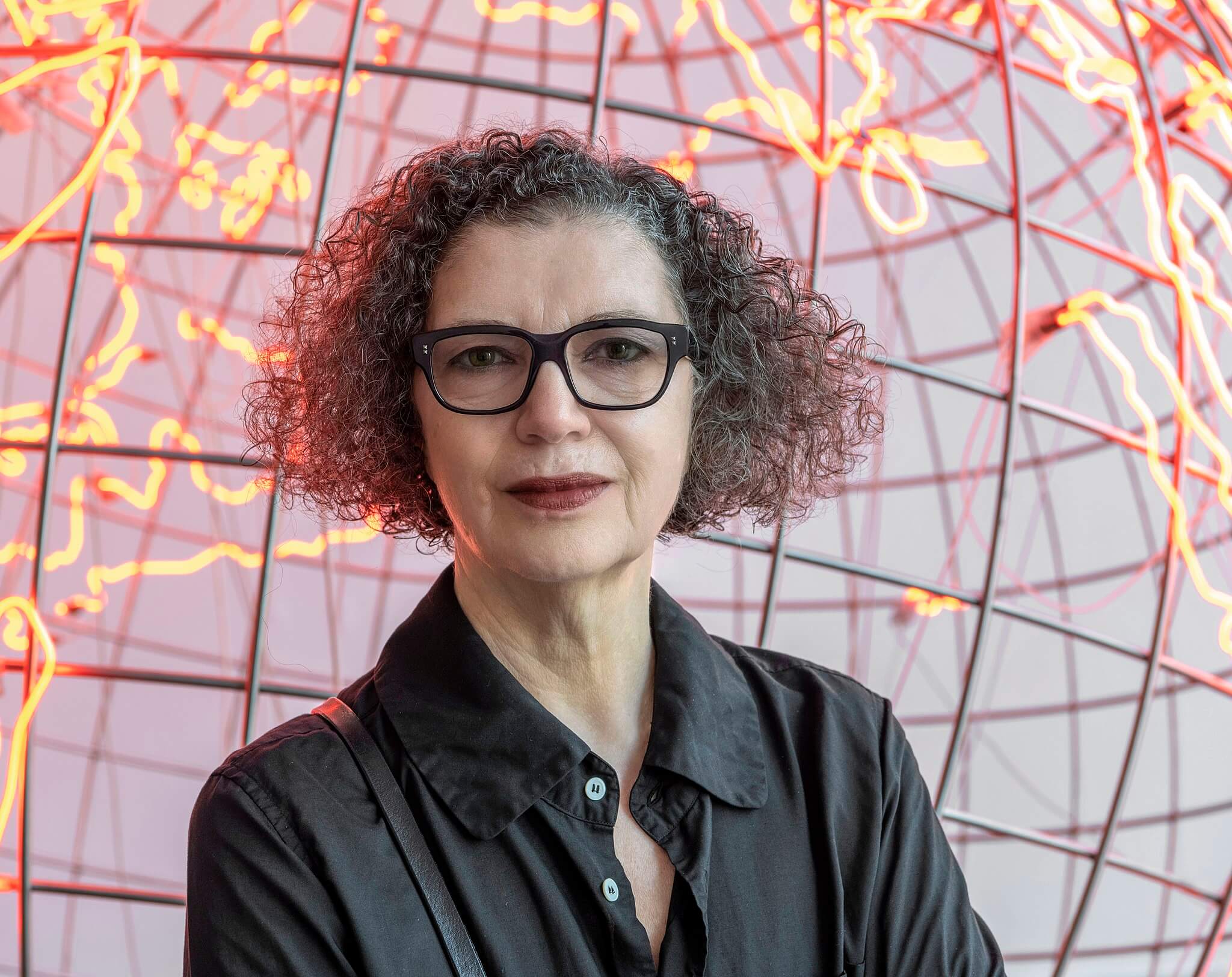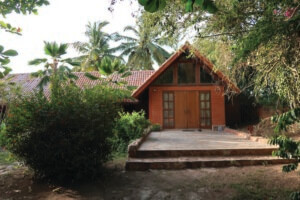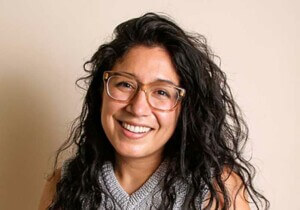Iranian-born British architect, educator, and writer Farshid Moussavi and British-Palestinian artist Mona Hatoum have been bestowed with the two top honors at the annual W Awards, the Jane Drew Prize for Architecture and the Ada Louise Huxtable Prize for Contribution to Architecture, respectively. The prizes were first announced on February 24, just a few days ahead of the start of Women’s History Month.
Seeking to “raise the profile of women and non-binary people in architecture worldwide, inspiring change as a united voice of this global call for respect, diversity, and equality,” the prestigious prize program formerly known as the Women in Architecture Awards is now in its 10th year and is jointly organized by The Architectural Review and Architects’ Journal. Recent past recipients of the Jane Drew Prize, which recognizes “architectural designers who have demonstrated a lifelong commitment to design excellence and made a significant contribution to architectural production,” include Kate Macintosh, Yasmeen Lari, Liz Diller, and Amanda Levete; recipients of the Ada Louise Huxtable Prize, which honors “individuals working in the wider architectural industry who have made a significant contribution to architecture and the built environment,” over the past four award cycles include Lesley Lokko, Beatriz Colomina, Helene Binet, and Madelon Vriesendorp.
The 2022 recipients of the W Awards’ MJ Long Prize for Excellence in Practice and the Moira Gemmill Prize for Emerging Architecture will be announced at the W Lunch held in early May. The shortlists for those two prizes can be viewed here.
Beginning her career with Renzo Piano Workshop and OMA, Farshid Moussavi went on to cofound the London-based Foreign Office Architects (FOA) alongside ex-husband Alejandro Zaera-Polo in 1993. After nearly two decades with FOA, Moussavi established Farshid Moussavi Architecture in 2011. Notable works designed by Moussavi’s titular London practice include the Museum of Contemporary Art Cleveland (2012), the Les Jardins de la Lironde residential complex in Montpellier, France (2013); the toy department at Harrods in London (2018), and the forthcoming Ismaili Center Houston, which is slated to open in 2024. With FOA, Moussavi, alongside Zaera-Polo, is best known for designing Japan’s Yokohama International Ferry Terminal.
In addition to her architectural practice, Moussavi, described by the editors of The Architectural Review as being an architect who is “resolutely turned towards the future” and whose “lack of prescriptive style” is her strength, is also a celebrated educator. She studied architecture at Scotland’s University of Dundee and the Bartlett School of Architecture, University College London, before graduating with a Masters in Architecture from the Harvard University Graduate School of Design (GSD). Moussavi is currently Professor of Practice in Architecture at the GSD and before that headed the Institute of Architecture at the Academy of Fine Arts in Vienna (2002-2005) and taught at London’s Architectural Association from 1993 through 2000. She has also served as visiting professor of architecture at a number of international institutions including Princeton University, Rotterdam’s Berlage Institute, Columbia University, and the University of California, Los Angeles. She was appointed Officer of the Order of the British Empire (OBE) in 2018 for Services to Architecture.
“It is a very great honour for me to receive the Jane Drew Prize, which has done so much to draw attention to the achievements of women in the field of architecture,” said Moussavi in a statement. “There are relatively few role models for women in architectural practice and I believe that this allows them freedom to be more creative in responding to the urgent challenges facing architects today, whether these challenges are finding new and more generous uses for buildings, as well as new languages in which to engage a larger and more diverse public, or addressing climate change to protect future generations.”

Born in Beirut to Palestinian parents, the London-based Mona Hatoum is a prolific multimedia and installation artist whose acclaimed work is “often at an architectural scale and inhabits whole rooms.”
“In a world fractured by conflict and exile, the work of Mona Hatoum only gains further relevance and importance,” wrote the editors of The Architectural Review. “Turning familiar objects into uncanny experiences, she makes visible human fragility and spatial violence.”
Major works include Measure of Distance (1988), Light Sentence (1992), Quarters (1996), Grater Divide (2002), and Hot Spot III (2009).
As detailed in the announcement of Hatoum’s Ada Louise Huxtable Prize win, three major retrospectives of her work have been staged over the last several years including at the Centre Georges Pompidou in Paris (2015), London’s Tate Modern (2016), and the Kiasma Museum of Contemporary Art in Helsinki (also 2016). Her work is currently exhibited at two locations in Stockholm: the Magasin III Museum for Contemporary Art in Frihamnen and Accelerator on the campus of Stockholm University. Three solo exhibitions are also set to open later this year in Berlin at: Neuer Berliner Kunstverein (n.b.k.), Georg Kolbe Museum, and KINDL – Centre for Contemporary Art.
Prior to being forced into exile in London at the onset of the Lebanese Civil War in 1975, Hatoum studied graphic design at Beirut University College. In London, she subsequently trained at the Byam Shaw School of Art and the Slade School of Fine Art, University College London. Major awards and accolades include the Rolf Schock Prize in Visual Arts (2008) and the Joan Miró Prize (2011).











